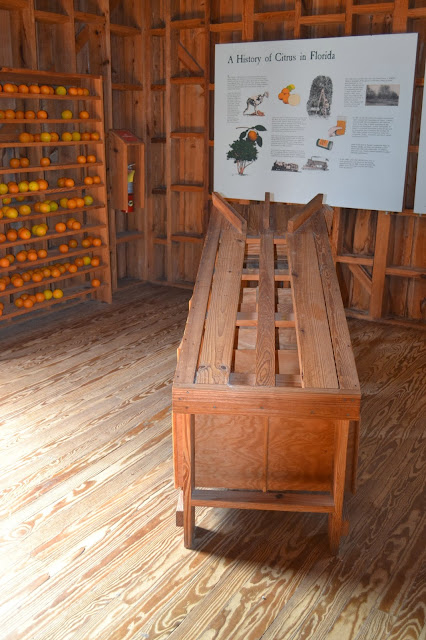I wanted to add a solar radiation sensor to my weather station but I didn't want it $160 worth like the one from Davis Instruments. I don't need that kind of accuracy, I just want to know how cloudy it is. Then I saw a light sensor on Adafruit that cost four bucks. It had the advantage that it was logarithmic so it could handle big swings in the amount of light it was measuring.
 I was thinking about how to protect it from the weather and found a test tube in one of my junk boxes. It was the right diameter so I cut the end off and voilà!, a perfect little glass cover.
I was thinking about how to protect it from the weather and found a test tube in one of my junk boxes. It was the right diameter so I cut the end off and voilà!, a perfect little glass cover.
I was then considering the mathematical adjustments to make in the readings based on the fact that the angle between the sensor and the sun changes throughout the day and throughout the year. I mentioned these ruminations to my brother Jim, and he suggested that I just etch the glass so it is "frosted" and thus the light will be dispersed more-or-less evenly no matter where the sun is. I thought that was worth a try. I bought some etchant, but due to the fact that glass in the test tube was specially treated, the acid had no effect. Therefore I resorted to the old fashioned way and just took some emery paper and sanded it.
Next I made a mount for it, embedded it in silicone, and angled it slightly toward the south. Once that was dry I fastened it to the mast holding the anemometer and rain gauge.
I plan to watch the data for the next few weeks to see how it responds to various levels of sunshine at different times of the day and see whether I need to make any adjustments.











